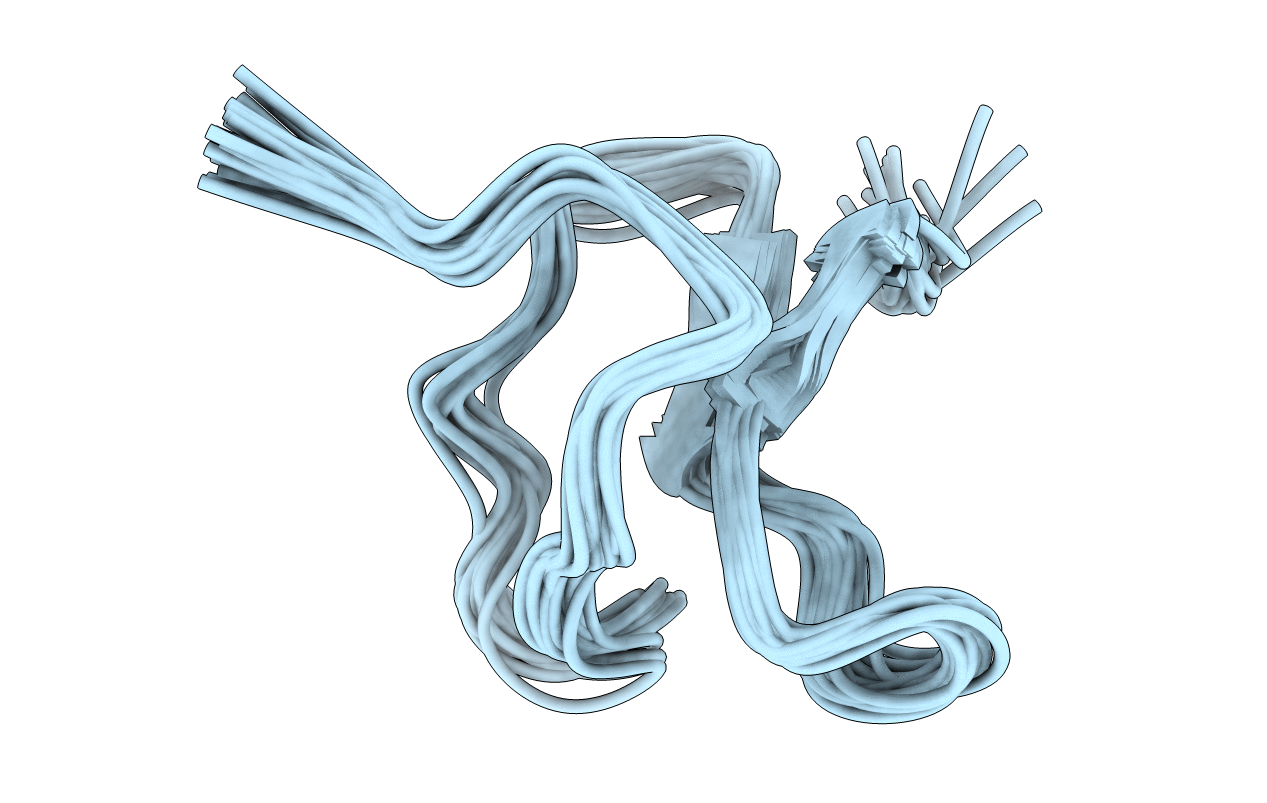
Deposition Date
2017-11-29
Release Date
2018-05-16
Last Version Date
2024-10-30
Method Details:
Experimental Method:
Conformers Calculated:
50
Conformers Submitted:
20
Selection Criteria:
structures with the least restraint violations


